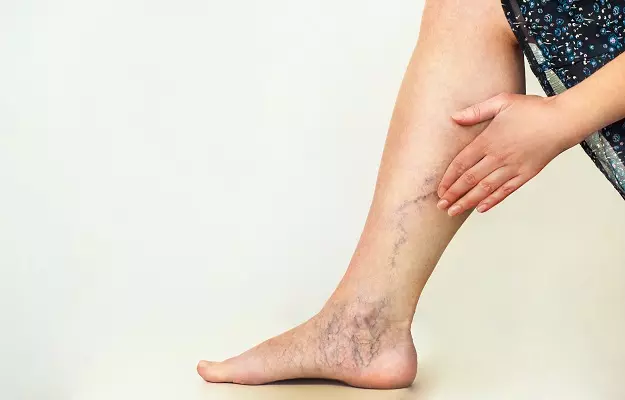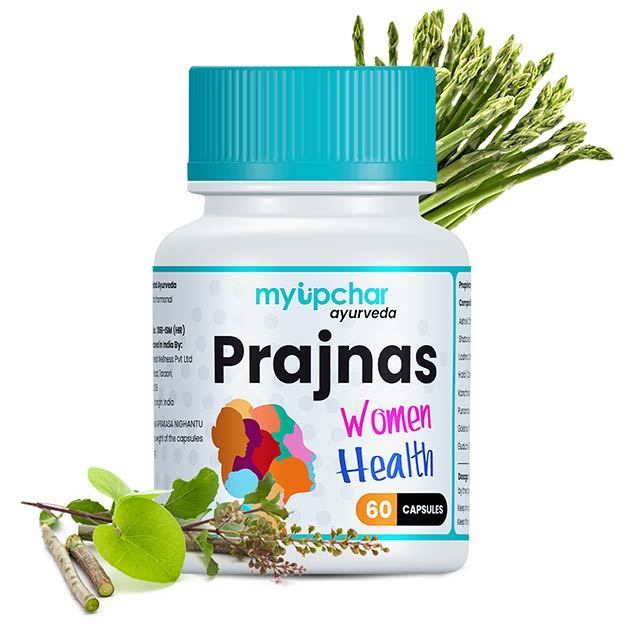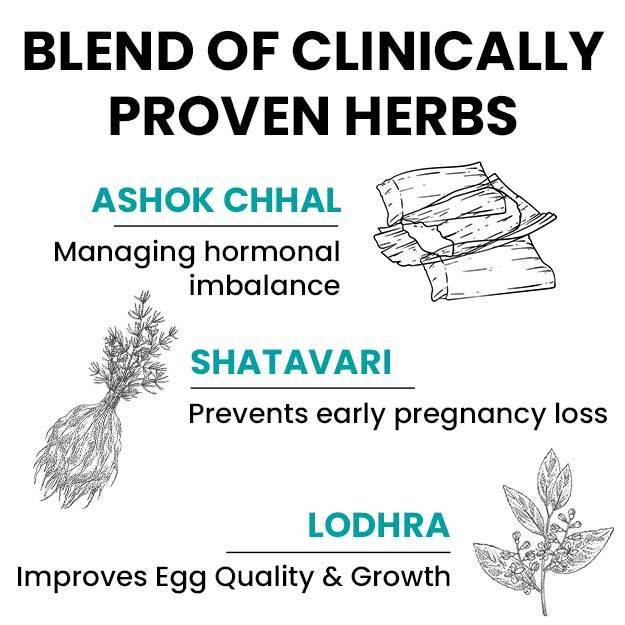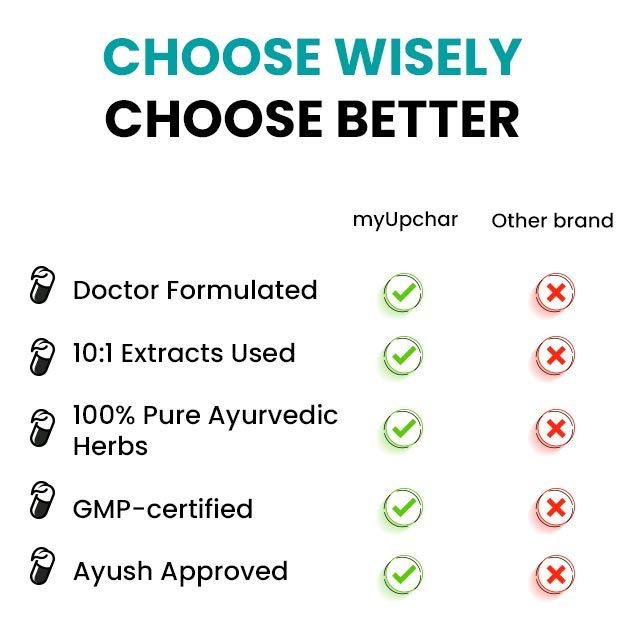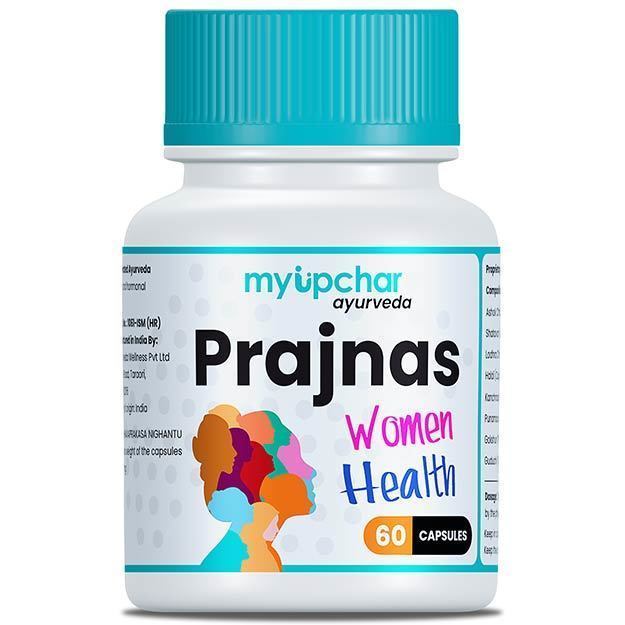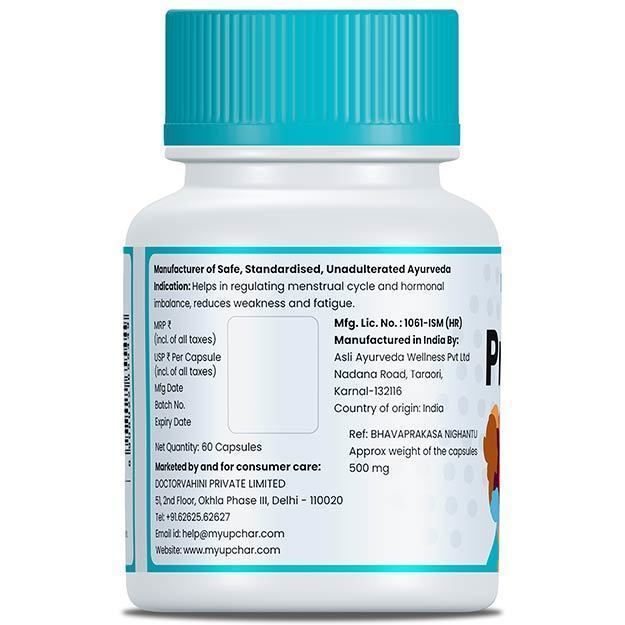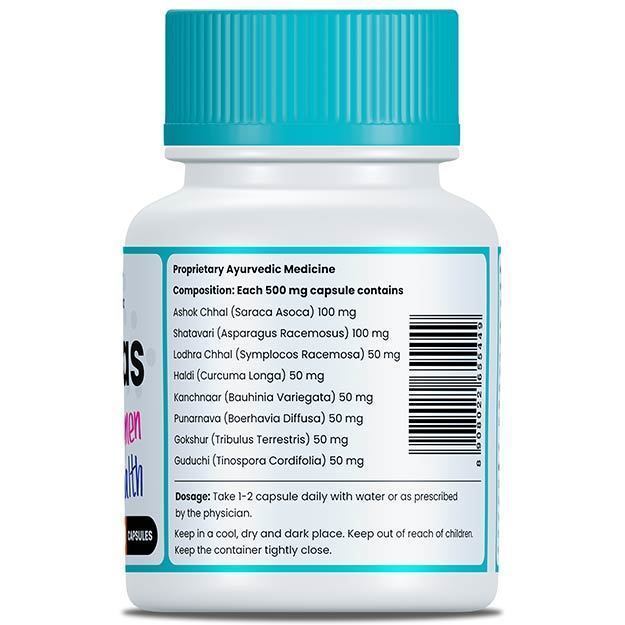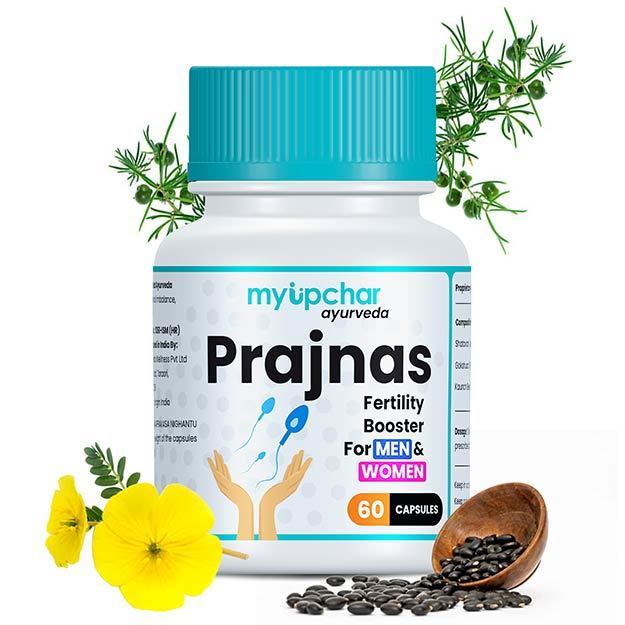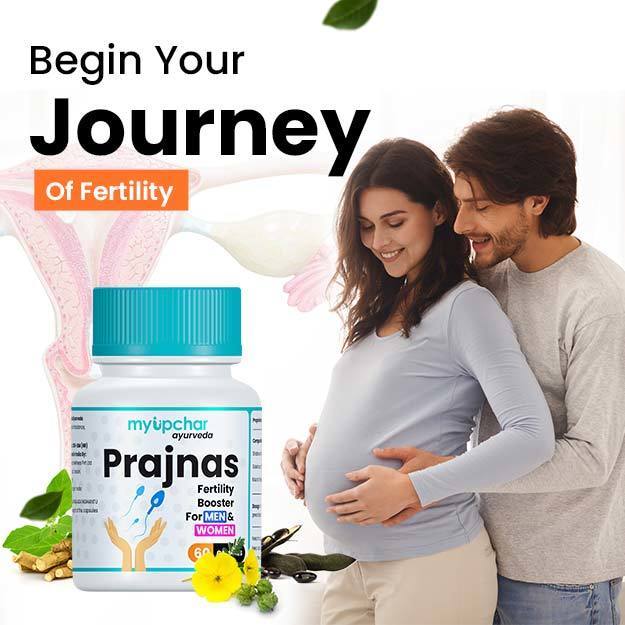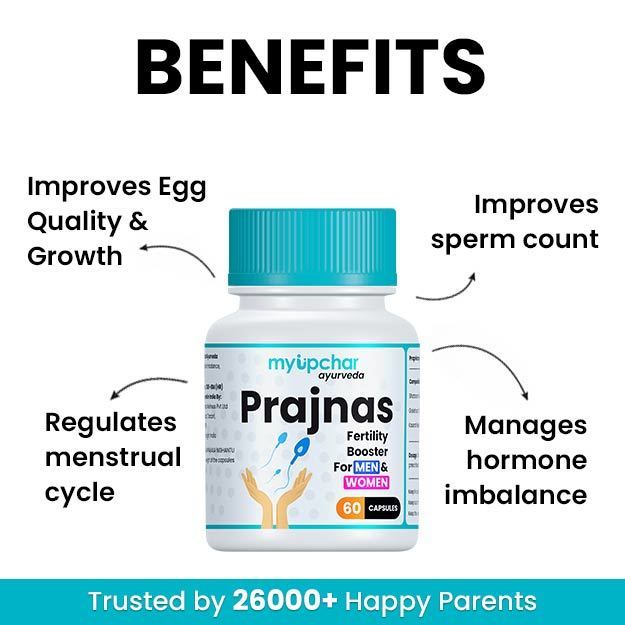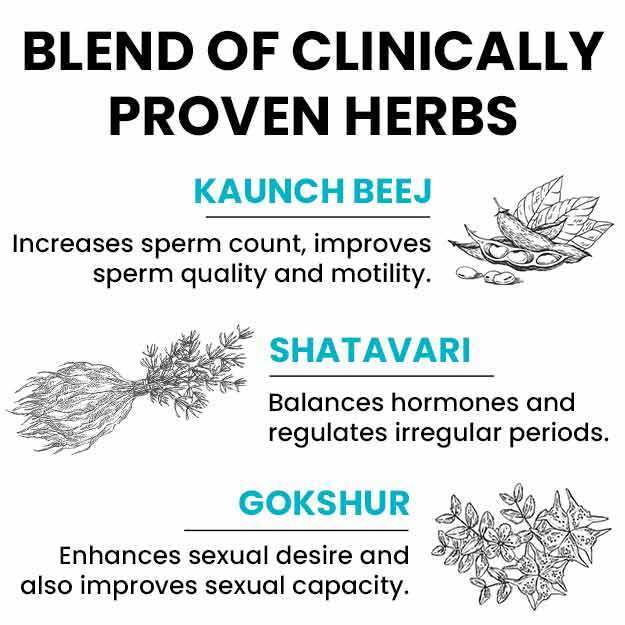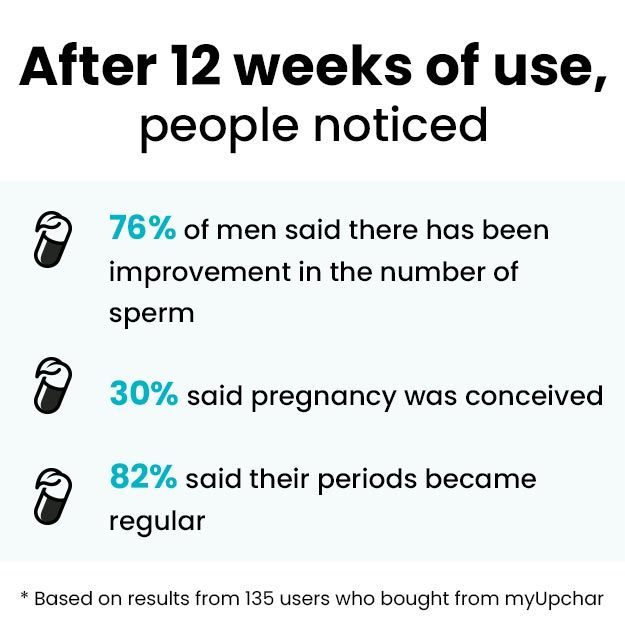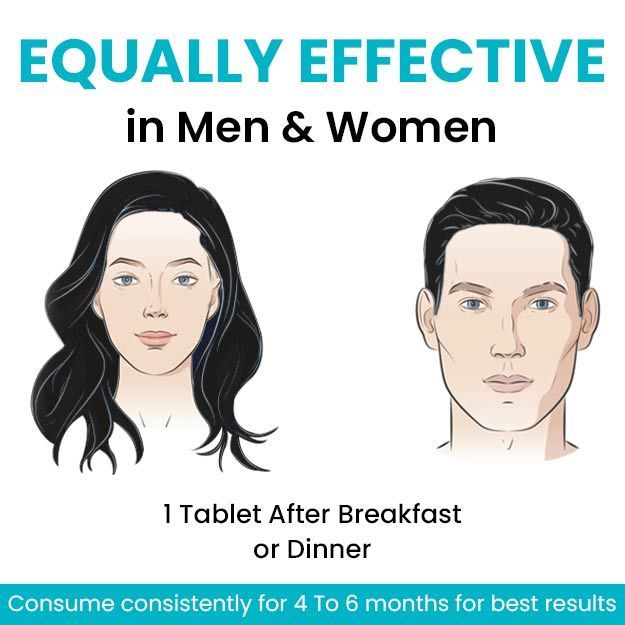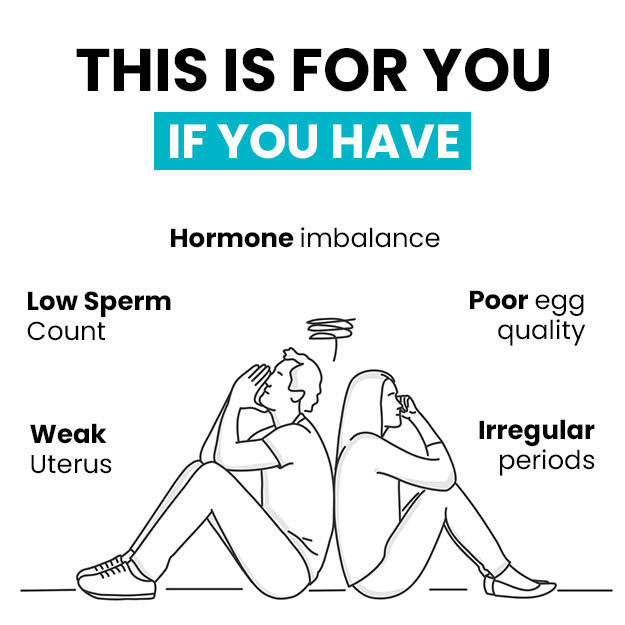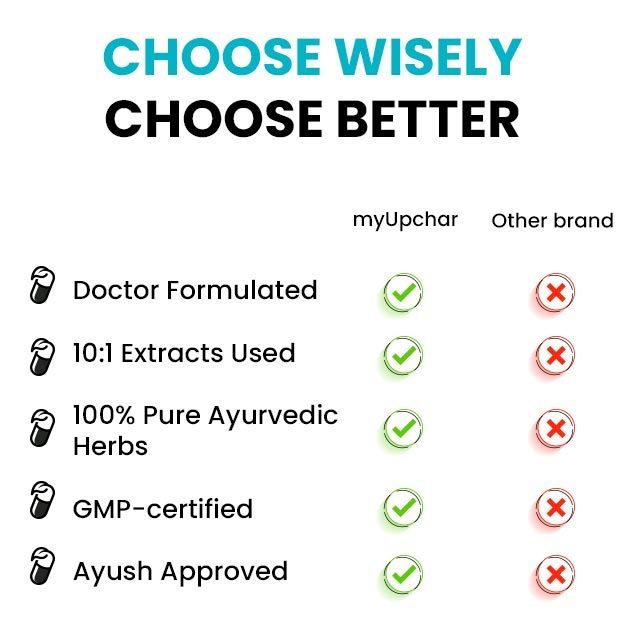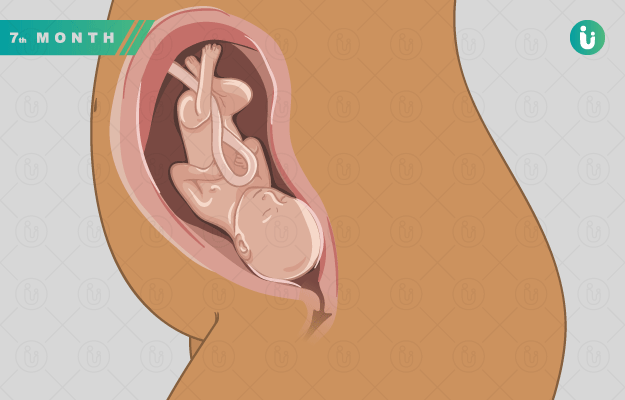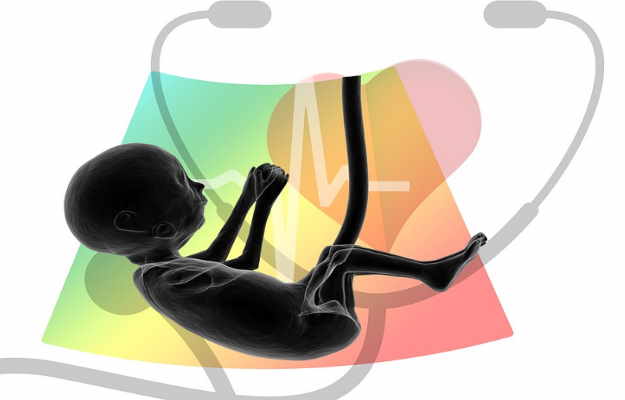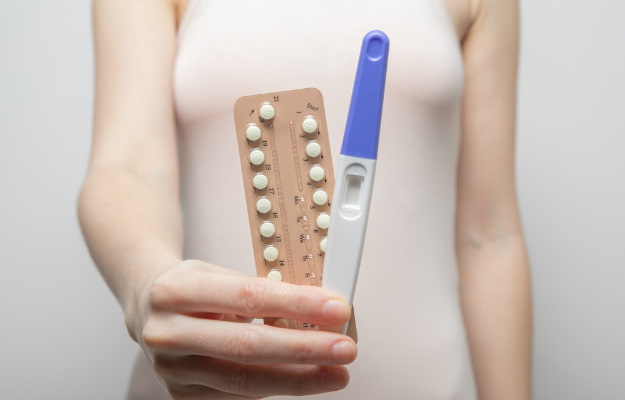Discovering that you’re pregnant and going on that nine-month-long journey to meet your little bundle of joy is usually an exciting and wonderful experience. Many women, however, may find it difficult to cope with some of the symptoms and complications of pregnancy. Varicose veins, though not an extremely grave issue, can be a painful and discomforting part of your pregnancy.
Varicose veins are basically enlarged, swollen and twisted veins that have a blue or dark purple coloured spider web-ish appearance on the surface of the skin. As you might already know, arteries carry oxygenated blood from the heart to all parts of the body, while veins carry deoxygenated blood back to the heart. Varicose veins occur when superficial veins on the lower abdomen and legs, as well as the vein known as inferior vena cava, are blocked.
Because of the growing baby bump and weight, a pregnant woman is likely to suffer from varicose veins during pregnancy - especially in the second and third trimesters. These varicose veins usually appear on the legs, vaginal opening or vulva, and on the rectum or anus. So, although a normal symptom of pregnancy, varicose veins can be painful and discomforting enough to turn into a big issue during pregnancy.
Read more: Home remedies for varicose vein
Thankfully, treating varicose veins naturally and effectively at home is very easily done. Most pregnant women are advised to rest, stay off their feet, elevate their legs and avoid sitting cross-legged to get relief from the pain and swelling associated with varicose veins. The most reassuring part is that varicose veins usually recede and go back to normal within weeks or months of the delivery of your baby. Read this article for everything you need to know about varicose veins.
- Causes of varicose veins during pregnancy
- Types of varicose veins during pregnancy
- When should I be worried about varicose veins during pregnancy?
- Treatment of varicose veins during pregnancy
Causes of varicose veins during pregnancy
Normally, all veins have one-way valves. These valves ensure that, after distributing oxygen to all the organs and tissues of the body, the blood flows back towards the heart. For veins that run from the lower abdomen all the way down to the feet - like the inferior vena cava - pumping blood up towards the heart is a gravity-defying act. If any pressure is applied to these veins, then this flow of blood can be obstructed, which in turn can lead to the veins twisting, swelling up and becoming painful.
Such changes occur naturally during pregnancy, and as such cannot be helped or avoided. In most cases, varicose veins are hereditary, i.e., your mother or grandmother may have had them during their pregnancies. The following are the three main reasons why varicose veins occur during pregnancy:
- The volume of blood pumped by a woman's heart increases by 50% during pregnancy to support the uterus, which is carrying the foetus. This increased volume of blood can lead to an enlargement of the veins.
- As the foetus grows, the weight of the growing baby presses on the large blood vessels in the lower abdominal and pelvic region. This can obstruct and alter blood flow and cause varicose veins in the pelvic area (especially in the vagina and the anus).
- Pregnancy is associated with hormonal changes in the woman’s body. These hormonal changes can affect the blood vessels and cause the smaller veins in the pelvis and legs to swell up.
Types of varicose veins during pregnancy
Usually, varicose veins occur in the legs. But during pregnancy, varicose veins might occur in the vaginal area as well as the buttocks. Redness, swelling, itching and intense pain are all associated with varicose veins during pregnancy. Added to the other symptoms of pregnancy, like round ligament pain, fatigue and mood swings, varicose veins can seem like too much to handle. The following are the three types of varicose veins that occur during pregnancy.
Varicose veins in the legs
While varicose veins predominantly occur in the legs, their effects are exacerbated during pregnancy. Once a pregnant woman gets varicose veins in her legs, it can lead to leg oedema or swelling due to fluid retention. This can be quite painful.
Varicose veins are also the leading causes of night cramps, tingling, numbness and heaviness in the legs. They often make the legs look swollen and lumpy, which might seem like just a cosmetic issue, but is actually painful as well.
Varicose veins in the vulva
When varicose veins appear on the outer surface of the vagina, they’re known as vulvar varicosities. Vulvar varicosities don’t always have signs and symptoms. Because the vagina is not as easily visible as your legs, you might not even see them if they occur during your pregnancy.
You might, however, get a feeling of fullness or pressure in the vulvar area, and also experience vulvar swelling and pain. Instead of ignoring these signs, ask your doctor to check for varicose veins in the vagina so that you can ease this problem. Most pregnant women can be worried about vulvar varicosities affecting their delivery. This is not a problem usually, because veins have low blood flow and even if bleeding does occur during delivery, it can be controlled.
Varicose veins in the rectum
Haemorrhoids and varicose veins might seem like two unrelated problems, but they’re actually quite related and usually affect pregnant women in their third trimester. When varicose veins occur in the anus, particularly the rectum, they are known as haemorrhoids or piles.
Pregnancy is anyways associated with digestive issues like indigestion and constipation, all of which can make haemorrhoids worse. If you had piles even before pregnancy, then your condition could get worse. Even the act of pushing to deliver your baby vaginally can make haemorrhoids worse, and this is the reason why this type of varicose vein can take even a year or more after delivery to recover from.
When should I be worried about varicose veins during pregnancy?
Even though varicose veins might seem like a cosmetic issue more than anything else, they can cause a lot of discomfort and pain during pregnancy. What’s more, in the cases of vulvar varicosities and haemorrhoids, pregnancy can make them worse.
In rare cases, varicose veins can cause venous insufficiency (the failure of veins to return adequate blood to the heart), which in turn can lead to skin irritation or discolouration, bleeding, acute inflammation, severe pain and blood clots. These issues can require specialised medical interventions to control and cure.
However, in most cases, pregnant women are likely to experience an improvement in varicose veins after the delivery of their baby. In these cases, the varicose veins are much less visible if not completely recovered from. It’s important to remember though that if you’ve had varicose veins during one pregnancy, you’re likely to get them in the next one as well.
Treatment of varicose veins during pregnancy
Given the causes of varicose veins during pregnancy, it’s neither possible to prevent this issue while the pregnancy lasts, nor is it possible to cure it completely even once the pregnancy is done. However, varicose veins - no matter where they are located - can be treated and managed during pregnancy. Most of the techniques needed for these treatments are natural and do not have any side-effects if done the right way.
The following are some of the best and natural ways to treat varicose veins during pregnancy.
- Avoid sitting or standing in the same position for long periods of time, and shift your position often. Take breaks to move around, stretch and change your posture.
- Ask your doctor about using cold compresses or warm soaks to reduce inflammation and swelling in the affected areas.
- Avoid crossing your legs while sitting.
- Get regular exercise to improve blood circulation in the lower half of your body. Walking is a relatively safe exercise that all pregnant women can do. That said, you should pick up any activity only after consulting the doctor.
- Keep your legs elevated as much as you can. This improves blood circulation in the lower half of the body and relieves pain as well as swelling in the legs.
- The inferior vena cava runs through the centre and right side of the lower abdomen, so it’s best to sleep on your left side during pregnancy.
- Wear proper maternity clothes or loose clothes and underwear to aid blood circulation all over your body.
- Avoid wearing high heels, and choose comfortable, flat or low-heeled shoes. These types of shoes work the leg muscles better and improve blood circulation without straining.
- Reduce your sodium intake to minimise bloating and swelling of the veins.
- Consume lots of water and increase your dietary fibre intake to avoid both water retention as well as constipation.
Find Obstetrician and Gynaecologist in cities
- Obstetrician and Gynaecologist in Bangalore
- Obstetrician and Gynaecologist in Mumbai
- Obstetrician and Gynaecologist in Ghaziabad
- Obstetrician and Gynaecologist in Chennai
- Obstetrician and Gynaecologist in Pune
- Obstetrician and Gynaecologist in Delhi
- Obstetrician and Gynaecologist in Hyderabad
- Obstetrician and Gynaecologist in New Delhi
- Obstetrician and Gynaecologist in Gwalior
- Obstetrician and Gynaecologist in Gurgaon
Doctors for Varicose veins during pregnancy
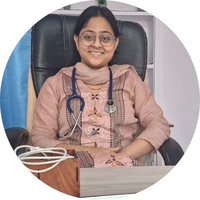
Dr. Ayushi Gandhi
Obstetrics & Gynaecology
4 Years of Experience

Dr. Anjali
Obstetrics & Gynaecology
23 Years of Experience

Dr.Anuja Ojha
Obstetrics & Gynaecology
20 Years of Experience

Dr. Geeta Kulkarni
Obstetrics & Gynaecology
7 Years of Experience
References
- Nemours Children’s Health System [Internet]. Jacksonville (FL): The Nemours Foundation; c2017. Why Do Some Pregnant Women Get Varicose Veins?
- American Pregnancy Association [Internet]. Irving, Texas, USA; Treating Varicose Veins Naturally During Pregnancy
- Greenstone, SM. et al. MANAGEMENT OF VARICOSE VEINS DURING PREGNANCY. Calif Med. 1957 Dec; 87(6): 365–367. PMID: 13489493
- Penn Medicine [Internet] Perelman School of Medicine at the University of Pennsylvania. Philadelphia. Pennsylvania. USA; Varicose Veins During Pregnancy
- Cedars-Sinai Medical Centre [Internet] Los Angeles. California. United States; Hemorrhoids and Varicose Veins in Pregnancy
- National Clinical Guideline Centre (UK). 11, Pregnancy.. Varicose Veins in the Legs: The Diagnosis and Management of Varicose Veins. London: National Institute for Health and Care Excellence (UK); 2013 Jul. (NICE Clinical Guidelines, No. 168.)
- Smyth, Rebecca MD. et al. Interventions for Varicose Veins and Leg Oedema in Pregnancy. Cochrane Database Syst Rev . 2015 Oct 19;2015(10):CD001066. PMID: 26477632
- Br Med J. 1965 Jul 3; 2(5452): 3. PMID: 14305354
- Dindelli, M. et al. Risk Factors for Varicose Disease Before and During Pregnancy. Angiology . 1993 May;44(5):361-7. PMID: 8480913

